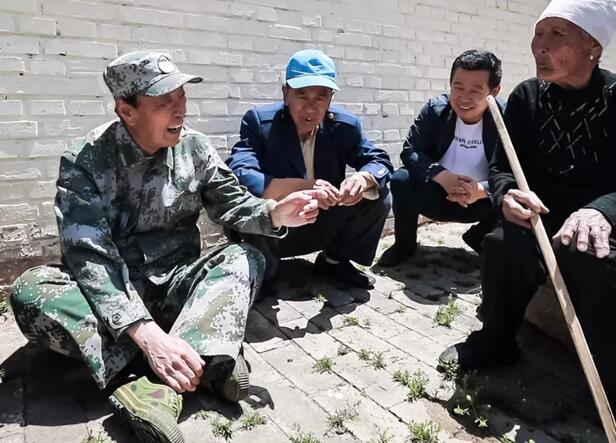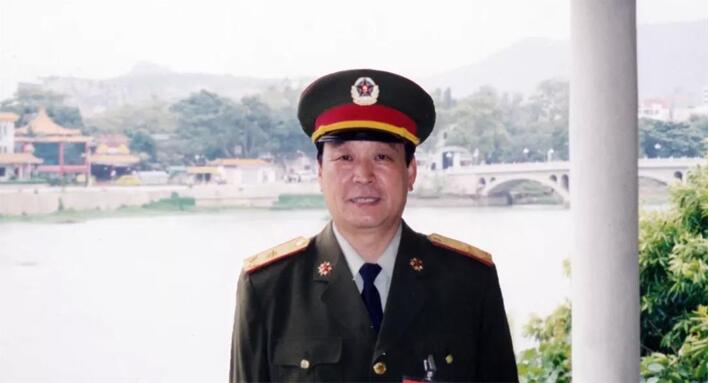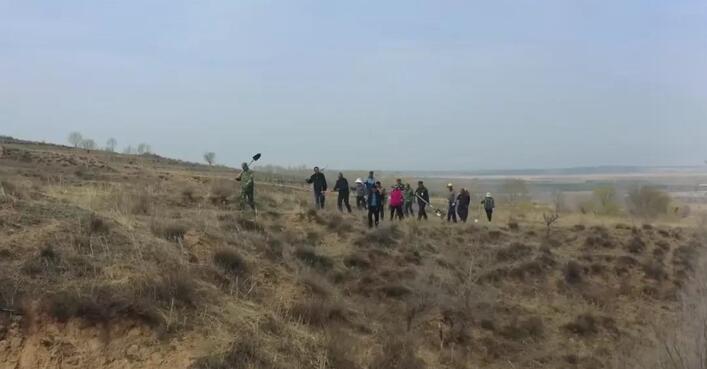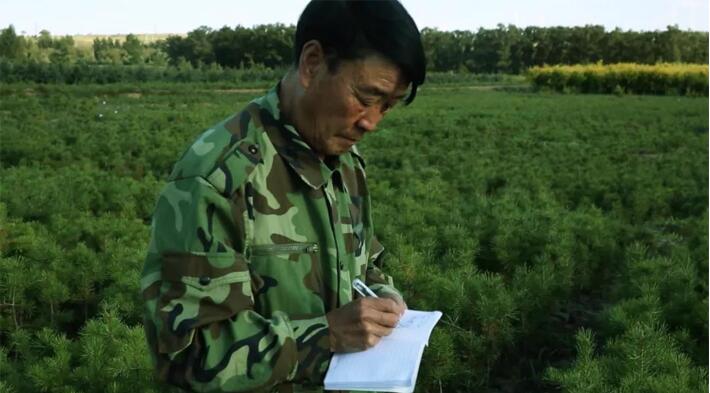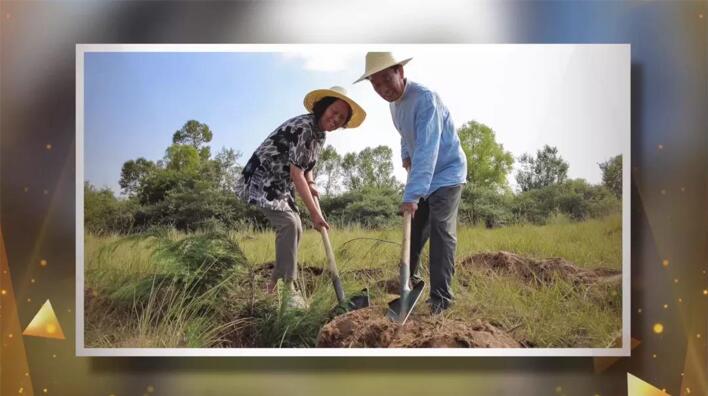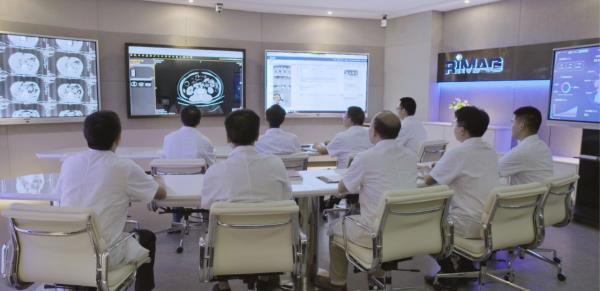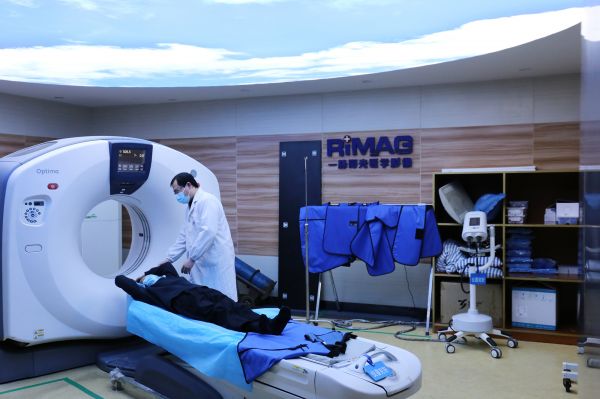The promotion and application of new energy vehicles, as an important emission reduction measure in the field of road traffic, is an important starting point for achieving the goal of "double carbon". In November, 2020, the New Energy Vehicle Industry Development Plan (2021~2035) issued by the General Office of the State Council not only clarified the development vision of new energy vehicles such as pure electric vehicles and fuel cell vehicles, but also put forward requirements for the improvement of transportation and energy infrastructure such as charging and replacing service network and hydrogen fuel supply system. In April, 2022, at the 11th meeting of the Central Committee of Finance and Economics, it was emphasized that it was necessary to comprehensively strengthen infrastructure construction and build a modern infrastructure system, and strengthen the construction of network-based infrastructure such as transportation and energy, with networking, network supplement and strong links as the focus of construction, and strive to improve network efficiency.
The necessity of overall construction
With the gradual diversification of the development types of new energy vehicles, various new transportation energy infrastructures have been developed to varying degrees. The average growth rate of electric vehicle charging infrastructure represented by charging piles in 2016~2022 exceeded the number of new energy vehicles by 18 percentage points, and it was in an absolute leading position in the whole new transportation energy infrastructure. The domestic power exchange station has gradually accelerated its development pace from the market exploration stage, and expanded its application in the commercial vehicle field with the service of taxis, logistics vehicles and other models as a breakthrough. Hydrogen refueling stations, optical storage and charging integrated facilities, and comprehensive energy stations are mostly in the "demonstration pilot" stage.
However, the Monitoring Report on Charging Infrastructure in Major Cities of China shows that the charging facilities are relatively prominent in the process of rapid development, such as lack of scale control, blind layout and low efficiency. At present, the construction of urban charging piles is more influenced by the upper allocation index and subsidy incentive policy, and the development scale of charging piles in different cities is quite different. Old residential areas, the edge of the central city, peripheral towns and villages are still weak areas covered by charging piles, and there is still much room for improvement in the utilization efficiency of public charging piles around various types of buildings.
At the same time, the traditional infrastructure such as gas stations in the city is facing transformation under the development trend of new energy vehicles. The incremental construction of new energy infrastructure such as hydrogenation, charging and replacing electricity has not made full use of the advantages of the first location of traditional refueling stations. The planning and development of different types of transportation energy infrastructure are relatively independent, and the intensity of spatial layout needs to be further improved.
In order to effectively promote the coordinated development of urban transportation energy infrastructure and urban space, it is necessary to comprehensively consider the development trend of various new energy vehicles, coordinate all kinds of transportation energy infrastructure, and reserve energy-saving space for future vehicle transformation and application scene transformation. At the same time, we should balance the relationship between incremental construction and stock improvement, promote the overall utilization and linkage transformation of urban space, and strengthen the co-construction and sharing of various transportation energy facilities under the premise of safety.
Requirements for overall construction
(A) improve the traffic energy facilities and urban space coordination policy system.
The coordination between transportation and energy infrastructure and urban planning is inseparable from the standard system and a series of policy support. At present, most of the national and local standards, specifications and guidelines give guidance on the planning and design of transportation energy station facilities from the perspectives of site selection, layout, function and safety spacing, and should supplement the planning guidelines on overall scale to control the occupied space of different types of transportation energy facilities as a whole. In terms of land use categories, the existing standards and specifications only define the land use categories of "gas filling stations", while the land use categories of new stations such as charging and replacing power stations, hydrogen filling stations, integrated facilities for optical storage and charging, and comprehensive energy stations need to be further clarified in the specifications, so that the land use scope of new transportation energy infrastructure can be more finely implemented in the detailed planning process. When formulating or revising the charging infrastructure standards, we should pay attention to the differences between the northern and southern cities, strengthen the research on the operating characteristics of local electric vehicles, and avoid the phenomenon of "one size fits all, copying the same" in the standards.
(2) Accelerate the preparation of special planning for transportation energy infrastructure with charging facilities as the main body.
In the new round of land spatial planning system, transportation energy infrastructure belongs to the category of special planning, and mainly targets at refueling stations and electric vehicle charging facilities, while the number of hydrogen refueling stations implemented in space is extremely limited, and the special planning of new transportation energy infrastructure such as energy storage batteries, distributed photovoltaic power stations and "oil, gas, hydrogen and electricity" comprehensive energy stations is even scarcer.
In order to strengthen the unified management and control of all kinds of transportation energy infrastructure under the constraint of limited space resources, we should merge and integrate the special planning of different types of transportation energy infrastructure, take the principle of moderate advance, intensive efficiency and flexible compatibility, strengthen the collaborative layout of urban public refueling stations, charging and replacing power stations, hydrogen refueling stations, optical storage and charging integrated facilities, comprehensive energy stations, etc., strengthen the mixed utilization of existing storage facilities such as refueling stations, and set up "multi-station integration"
Because electric vehicles occupy the main position in new energy vehicles, it is advisable to pay attention to the preparation of special planning for charging and replacing facilities in the special planning system of transportation and energy infrastructure, clarify the scale control requirements for charging and replacing facilities in different urban districts, accurately cover the blind spots, and take into account the incremental development and benefit improvement of infrastructure.
At the same time, the special planning of urban transportation energy infrastructure should cooperate with other special planning such as parking facilities, power facilities, oil and gas pipeline networks, and form an effective connection by establishing a feedback mechanism to ensure that transportation energy forms a unified supply capacity and service effectiveness in points, lines and areas. The main content of special planning should be incorporated into the detailed planning system of the city, and all kinds of transportation and energy infrastructure should be truly implemented in the detailed planning of the city through the vertical transmission mechanism to ensure the implementation of planning and the control of infrastructure construction.
In terms of planning management system, we should make clear as soon as possible the main body of preparation, the main body of examination and approval and the examination and approval process of the special planning of urban transportation energy infrastructure, and smooth the administrative channels of planning preparation to avoid "multi-head management" or "headless management".
(three) combined with the transformation of old residential areas and other work to carry out the "short board" special action of charging infrastructure in residential communities.
Compared with newly-built residential quarters, in the early planning and design of old urban quarters, sufficient parking spaces and power grid capacity are usually not reserved, which leads to problems such as no fixed parking spaces, limited power grid expansion, potential safety hazards in circuit laying, and inability to implement capacity increase fees. Therefore, it is difficult to construct and implement charging piles for electric vehicles in the quarters. Cities should combine urban renewal, renovation of old residential areas, complete community construction, and distributed smart grid construction to promote the special action of "short-board" charging infrastructure in urban residential communities in various forms. Encourage the promotion of charging infrastructure supply modes such as "unified allocation of public piles", "sharing of private piles" and "integration of storage and charging" in residential communities represented by old communities, so as to realize the balanced improvement of space utilization, service efficiency and service safety of charging infrastructure in residential areas. At the same time, we can learn from the idea of parking sharing to explore "borrowing sharing" with surrounding buildings, rationally use the roads around old communities to build roadside charging infrastructure, and jointly make up for the incremental shortcomings of charging facilities in residential communities. In order to evaluate the implementation effect of the special action, the dynamic changes of the construction of charging piles in residential communities should be incorporated into the integrated monitoring platform of urban charging infrastructure, and the special action should be promoted in an orderly manner with information and intelligent measures.
(The author Zou Peng works for China Electric Vehicle Charging Infrastructure Promotion Alliance, China Automobile Industry Association Charging and Changing Branch, and Ran Jiangyu and Kang Hao work for China Urban Planning and Design Institute.)
